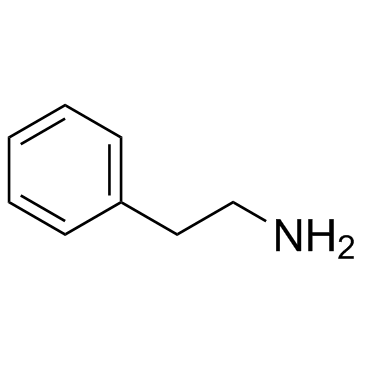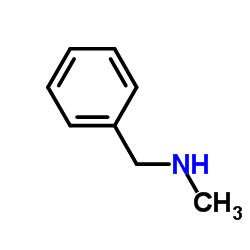| Structure | Name/CAS No. | Articles |
|---|---|---|
 |
Hydrochloric acid
CAS:7647-01-0 |
|
 |
2-Phenylethanamine
CAS:64-04-0 |
|
 |
N-Methylbenzylamine
CAS:103-67-3 |
|
 |
HYDROGEN CHLORIDE ~1.25 M IN METHANOL, 250 ML
CAS:132228-87-6 |